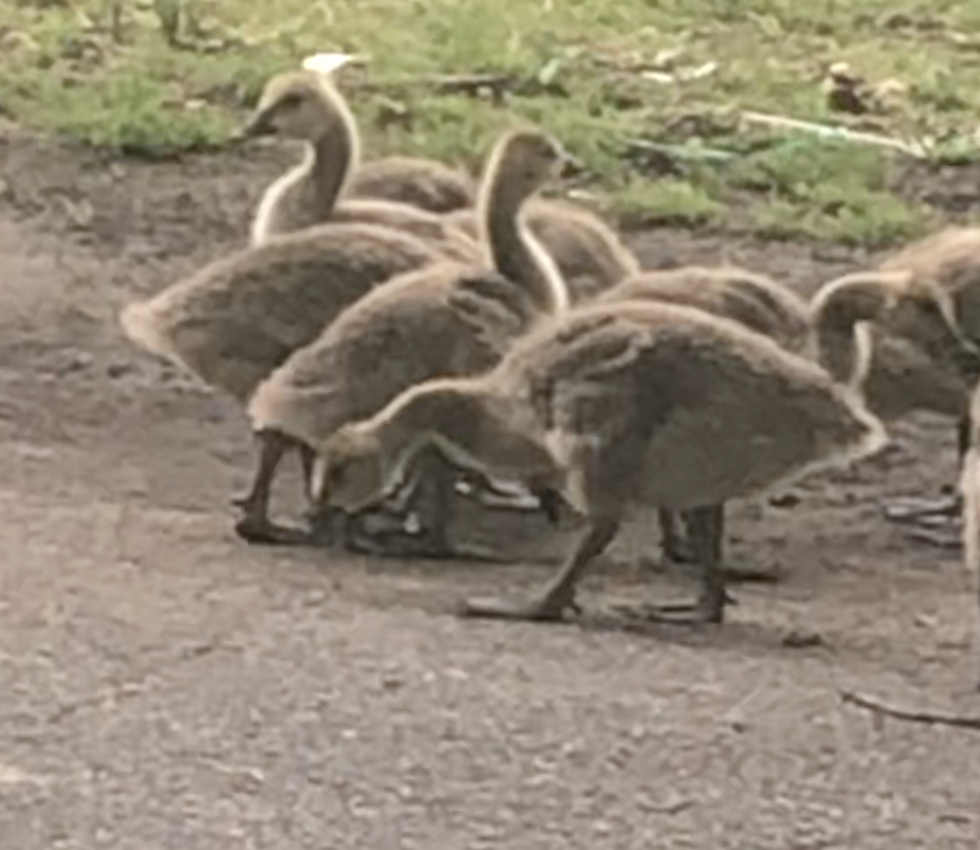|
Stillness in saccades In Episode 2 of Vichaar, we talked about movement in the brain and movement in Bharatanatyam. In the last post, we looked at stillness, and saw that the neural mechanisms of stopping movement are just as complex as those initiating and sustaining movement. As a way of providing the contrast between stillness and movement, I would like to talk about saccades. Saccades are quick movements of the eyes between one fixed point to another [1], and are used in Bharatanatyam as a way to provide a nuanced and subtle movement pattern in response to rhythm. I feel that saccades are like lightning bugs - their movement is so subtle and so precise, that if you blink, you miss it! In future posts, we will look at how the brain makes saccades possible [2], and how saccadic movements of the eyes can be used to diagnose movement disorders [3]. Citations:
1 Comment
Carol A Schachter
5/23/2022 04:12:47 pm
This is a wonderful skill and fun to try and learn. Thank you for another interesting lesson!
Reply
Leave a Reply. |
About SlokaMy name is Sloka. I am a neuroscientist and Bharatanatyam dancer; you can find more about me here. Archives
June 2024
|
